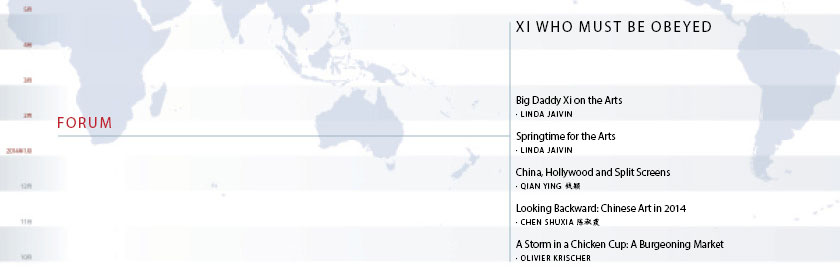Forum: Xi Who Must Be Obeyed
Springtime for the Arts
by Linda Jaivin
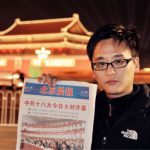
‘I AM SO EXCITED THAT I can’t sleep… . The spring for art and literature has truly come!’ Zhao Benshan 赵本山 is a much-loved Chinese actor famous for his comedy. But when the Global Times quoted his ecstatic response to Xi Jinping’s 15 October 2014 speech on the arts, there was no sign that he was joking. Who would dare? Xi’s speech has been promoted and likened to Mao Zedong’s ‘Talks at the Yan’an Forum on Literature and Art’ of 1942, in which Mao demanded that art serve the Party, serve the People and vanquish the enemy. Xi has done the same, extolling the Stalinist idea that writers are engineers of human souls, while also addressing contemporary phenomena such as market influences and popular culture (see Forum ‘Big Daddy Xi on the Arts’, p.174). He has called for Chinese artists to create ‘socialist culture and art’ that is ‘artistically outstanding and morally inspiring’. Art must, he stressed, serve ‘correct’ viewpoints with regard to history, nationality and culture. It must feature, he said, ‘positive energy’.
China, Hollywood and Split Screens
by Qian Ying 钱颖
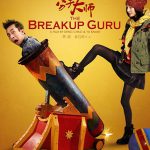
THE FILM MARKET in China is flourishing. Whereas in 2002, Chinese cinemas sold US$133 million worth of tickets, total box office revenues in 2013 amounted to US$3.6 billion. In 2014, China’s box office had reached US$1.6 billion by 21 May, just 141 days into the year. Both imported and Chinese films were doing well.
Looking Backward: Chinese Art in 2014
by Chen Shuxia 陈淑霞
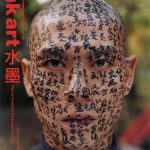
THE EXHIBITION ‘Ink Art: Past as Present in Contemporary China’, which opened in December 2013 at the Metropolitan Museum of Art (The Met) in New York, reflected a basic theme of the contemporary Chinese art scene in 2014: nostalgia and continuity with the past. By juxtaposing contemporary ink works in various media (including painting, photography, sculpture, installation and video) with fifth-century Buddhist sculptures from its permanent collection as well as Han-dynasty ceramics and Ming furniture, The Met attempted to place Chinese art today within its historical context.
A Storm in a Chicken Cup: A Burgeoning Market
by Olivier Krischer
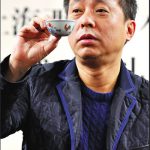
SOTHEBY’S HAS A US$1.6 million dollar limit per credit card transaction. So it took the Shanghainese billionaire Liu Yiqian 刘益谦 twenty-four swipes of his Amex card to purchase one of the most sought-after pieces of Chinese porcelain in the world: a Ming-dynasty teacup decorated with a delicate painting of chickens. While the payment was going through at the auction house in Hong Kong in late July 2014, Liu picked up the US$36 million cup, poured some tea into it and took a sip. The photo of him drinking from the cup ignited a storm of criticism in China, where he was accused of vanity, vulgarity, risking damage to the cup and ostentation. ‘Emperor Qianlong has used it,’ he said. ‘Now I’ve used it. I just wanted to see how it felt.’
